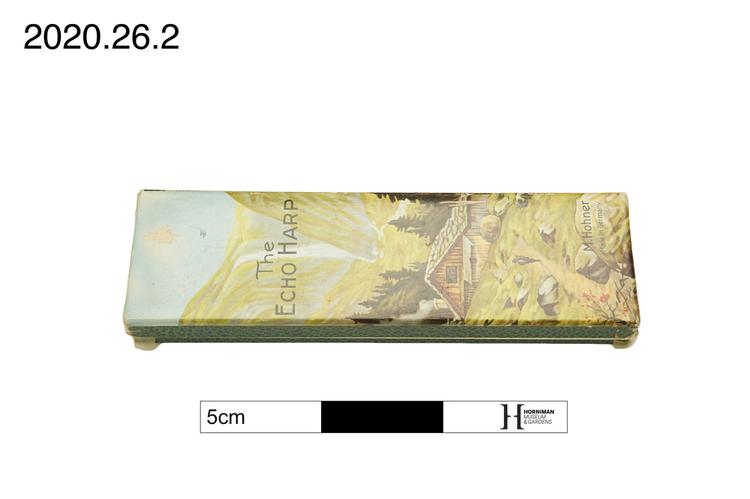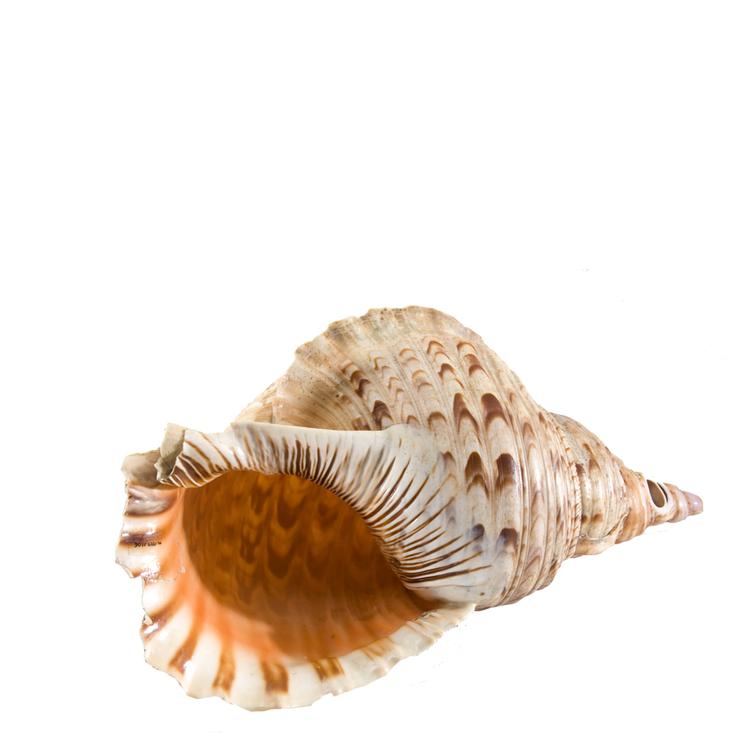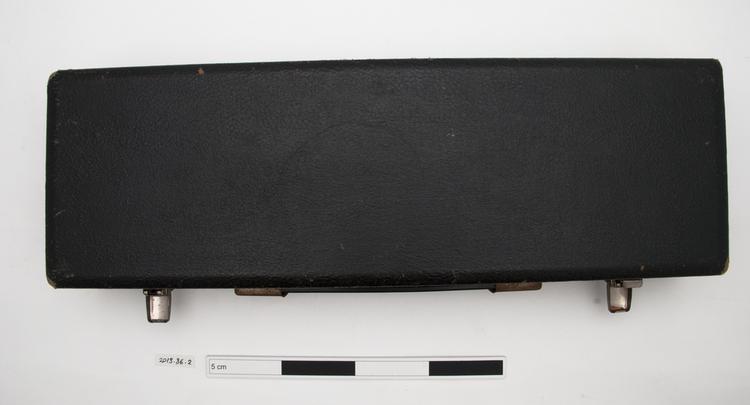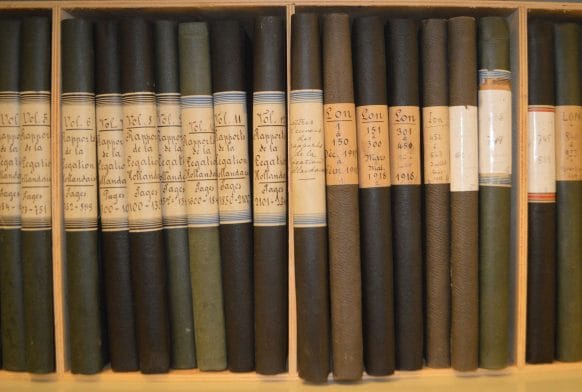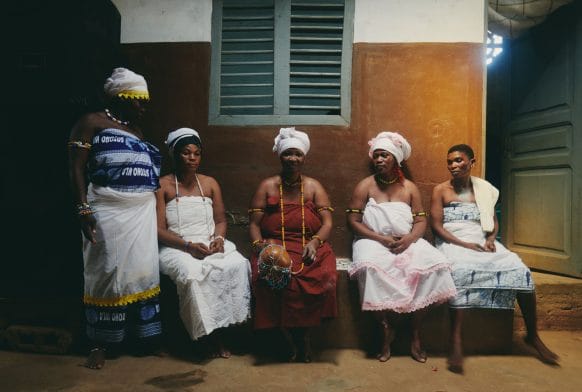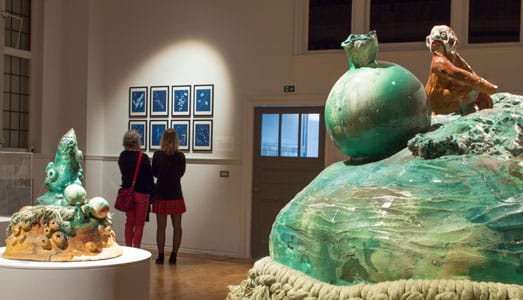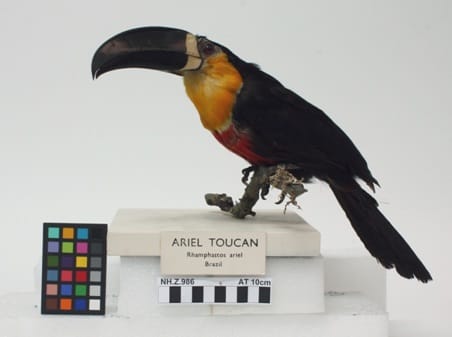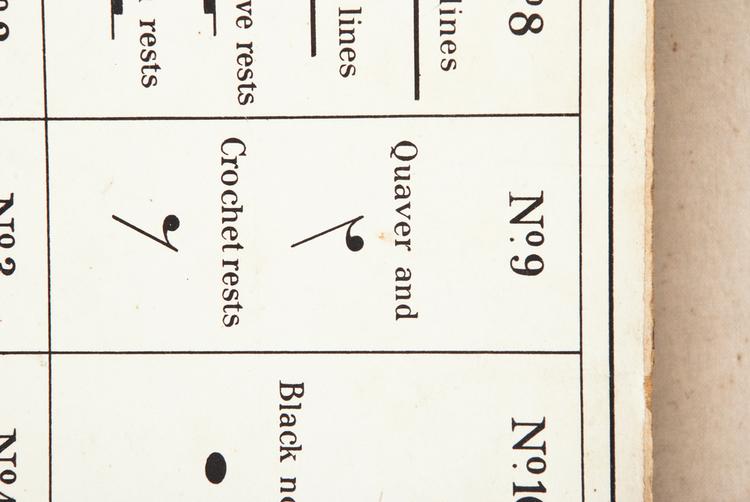
'A Guide to the Chassevant Method of Music Education' by Marion P. Gibb London William Heinemann 1913.
'The Chassevant Method of Musical Education adapted by Marion P. Gibb' Solfege First Course' London William Heinemann 1913.
One rectangular box (See Gibb 1914. P.5) of with red lid inscribed in gold Chassevant/Method of Musical Education/Box of Moveable Signs' / A series of 12 compartments inside the box contains moveable musical signs made of metal for 1)clefs (G,F and C) 2)Semibreves and minims 3) Crochets, 4) Quavers, 5) Semiquavers, 6)Demisemiquavers, 7) Sharps, flats and naturals, 8) Bar lines, 9) Ledger lines, 10) Semibreve rests, quaver and crochet rests, 11) Semiquaver rests and one dots, 12) demisemi and semidemisemiquaver rests.
Three Printed sheets representing:
Pavillion 1(Gibb 1914, P.4) 'For semibreve and her friends'
Tree 1 (Gibb 1914, P.44)
Pavilion (Gibb 1914, P.51)
The Chassevant method of musical education was first published in 1872, and aimed at training children through interactive story telling. In Mme Chassevant's story musical notes are analogous with birds that fly at different speeds from pavillions to trees and visa versa; each note is representated by a moveable musical sign.
Came with notes for proposal.



